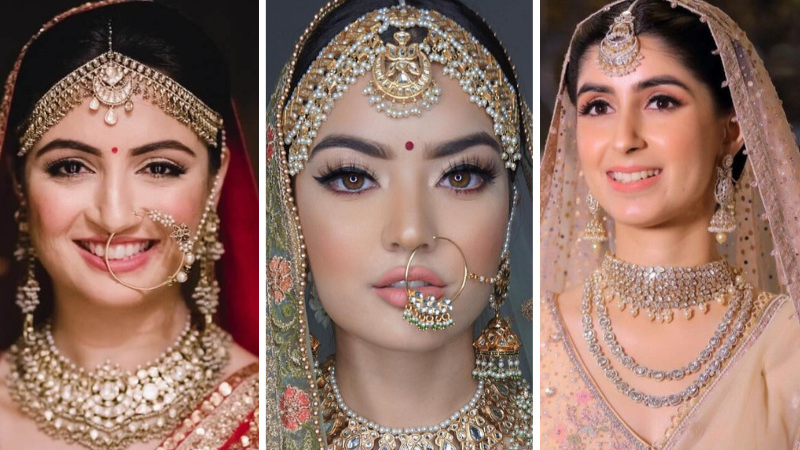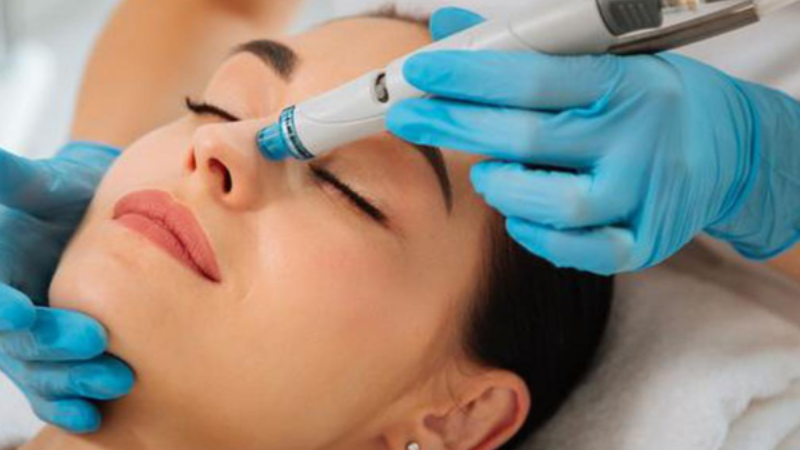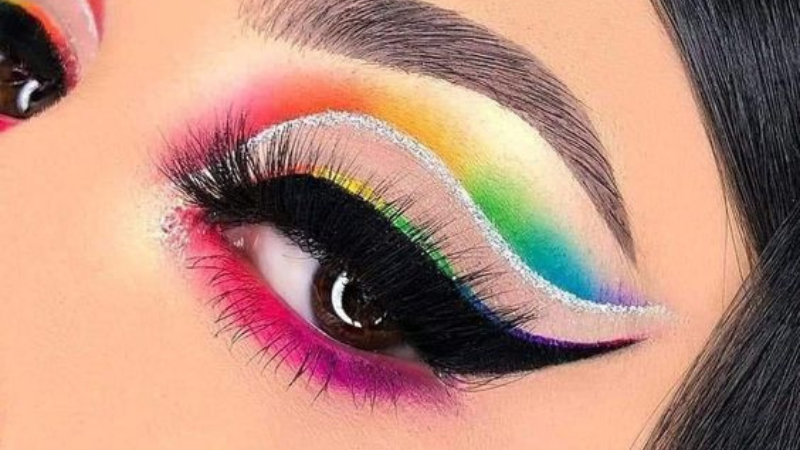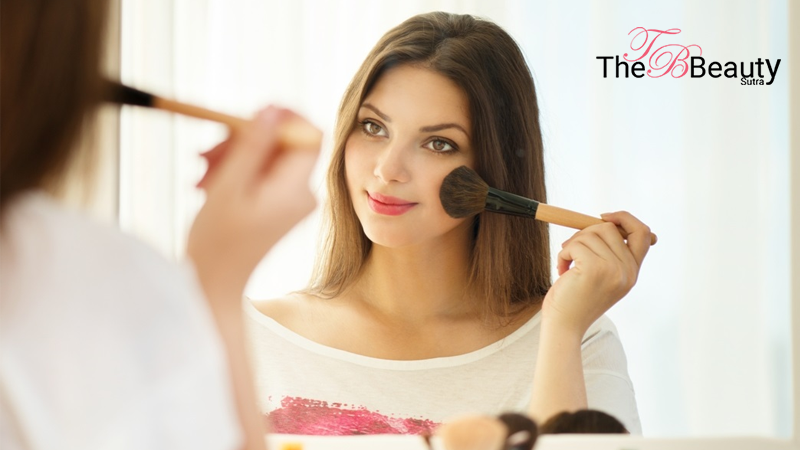Whether you’re a beginner or looking to refine your skills, learning how to apply makeup can be both fun and rewarding. Makeup allows you to enhance your natural features, express your personal style, and boost your confidence. We’ll cover some basic principles to get you started on your makeup journey. From skincare preparation to choosing the right products and mastering essential techniques, you’ll soon be on your way to creating stunning looks that reflect your unique beauty. So let’s dive in and explore the art of makeup application together!
Table of Contents
Types of Makeup Products :
There are numerous makeup products available, including foundation, concealer, powder, blush, bronzer, highlighter, eyeshadow, eyeliner, mascara, lipstick, lip gloss, and more. Each product serves a specific purpose and can be used to achieve different makeup looks.
The most important thing is that makeup should always be according to your skin tone. The skin tone – or the ‘complexion’ – is the surface color, the shade you see at a glance, which simply comes down to the amount of melanin in the skin. Skin tones range in variety, from palest hues to darkest browns, but are usually placed into four categories – fair, light, medium, or dark.
Application Technique: How to apply makeup
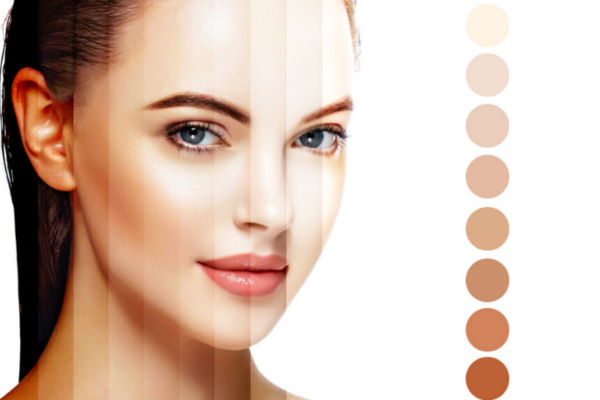
Applying makeup requires skill and practice. Different application techniques are used depending on the product and desired outcome. For example, foundation and concealer are typically applied with brushes, sponges, or fingertips, while eyeshadow and eyeliner require precision and blending techniques.
Step-by-Step Makeup Tips for Beginners :
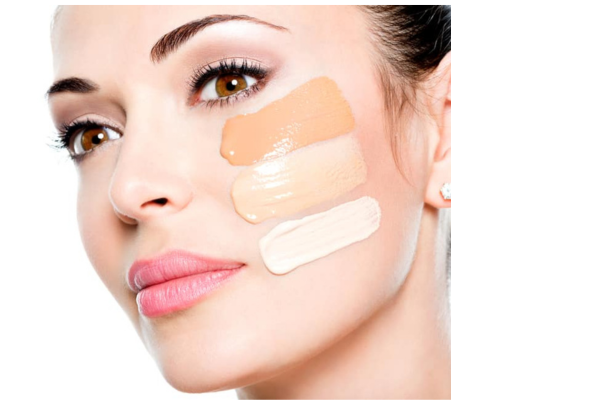
Wash your face and wipe it.
Use a primer.
Apply a foundation.
Conceal problem areas with a concealer.
Sweep on some blush.
Time for some eyeshadow.
Eyeliner, kajal, and mascara.
Wear your favorite shade of lipstick. Before you wear lipstick, it is important to wear a lip liner.
Makeup Tools :

Makeup tools such as brushes, sponges, and applicators are essential for achieving a flawless makeup application. The type of tool used can affect the outcome of the makeup look, so it’s important to choose the right tools for the job.
Primer, foundation, CC cream, concealer, blush, setting spray/powder, highlighter, bronzer, moisturizer, and color correctors are all essential face makeup products. Eye makeup products include eye primers, eyeshadows, mascaras, and eyeliners.
Makeup Styles and Trends: Makeup trends change over time and vary depending on cultural influences, fashion trends, and personal preferences. Some popular makeup styles include natural makeup, glam makeup, editorial makeup, and avant-garde makeup. Keeping up with current makeup trends can be exciting for makeup enthusiasts and professionals alike.
Skincare Prep :
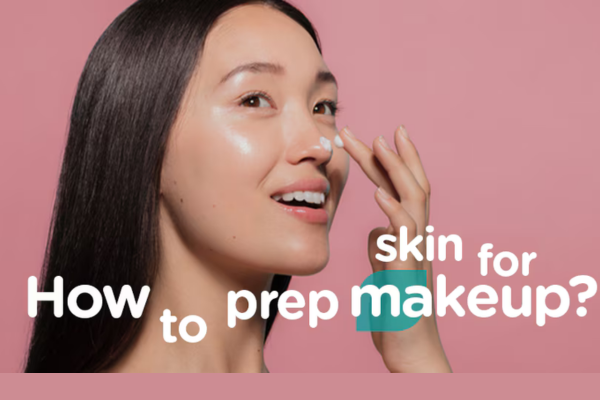
Proper skincare is essential for achieving a smooth and flawless makeup application. Cleansing, moisturizing, and priming the skin before applying makeup can help create a more even canvas and improve the longevity of the makeup.
Step 1: Cleanser. The first step to your skincare routine is always cleansing. …
Step 2: Toner
Step 3: Masks
Step 4: Serum. …
Step 5: Moisturizer. …
Step 6: Eye Treatment. …
Step 7: Primer + Makeup.
How To Apply Makeup :

Applying makeup can vary depending on personal preferences, the occasion, and the desired look. Here’s a general step-by-step guide to applying makeup:
Start with a Clean Face: Always begin with a freshly cleansed and moisturized face. This provides a smooth canvas for makeup application and helps makeup last longer.
Apply Primer (Optional): Primer helps create a smooth base for makeup, blurs imperfections, and helps makeup last longer. Apply a small amount all over your face or target areas such as the T-zone where makeup tends to fade.
Concealer: Use concealer to cover blemishes, dark circles, or redness. Apply a small amount and blend it seamlessly into your skin using a makeup sponge or your fingertips.
Foundation: Choose a foundation that matches your skin tone and type (e.g., liquid, powder, cream). Apply it evenly over your face, blending it outwards towards your jawline and hairline. You can use a makeup sponge, brush, or your fingers for application.
Powder: Set your foundation with a translucent or tinted powder to control shine and help makeup stay in place. Focus on areas that tend to get oily, such as the T-zone.
Contour and Highlight (Optional): Use contouring products to define your facial features and create dimension. Apply a matte bronzer or contour powder to the hollows of your cheeks, along your jawline, and the sides of your nose. Then, use a highlighter on the high points of your face, such as the cheekbones, brow bones, and the bridge of your nose, to add a glow.
Blush: Apply blush to the apples of your cheeks for a natural flush of color. Smile to locate the apples of your cheeks and apply the blush using a brush, blending it upwards towards your temples.
Eye Makeup:

Eyeshadow: Start with a neutral base color all over your eyelids. Then, apply darker shades to the crease for depth and lighter shades to the brow bone for highlighting.
Eyeliner: Apply eyeliner along your upper lash line to define your eyes. You can choose between pencil, gel, or liquid eyeliner depending on your preference.
Mascara: Curl your lashes with an eyelash curler, then apply mascara to add volume, length, and definition to your lashes. Wiggle the wand from the roots to the tips for maximum effect.
Eyebrows: Fill in your eyebrows using a brow pencil, powder, or gel to define and shape them.
Lips: Apply lip liner to outline your lips and prevent lipstick from feathering. Then, apply lipstick or lip gloss evenly to complete your look.
Setting Spray (Optional): Finish off your makeup routine by spritzing on a setting spray to lock everything in place and extend the wear of your makeup.
Different Types of Makeup Look :
No-Makeup Makeup Look. This is a makeup style that aims to create a natural and flawless appearance as if you are not wearing any makeup at all. …
Monochromatic Makeup Look. ..
Evening Makeup Look. …
Retro Makeup Look. …
Gothic Makeup Look. …
Glitter Makeup Look. …
Colorful Makeup Look…
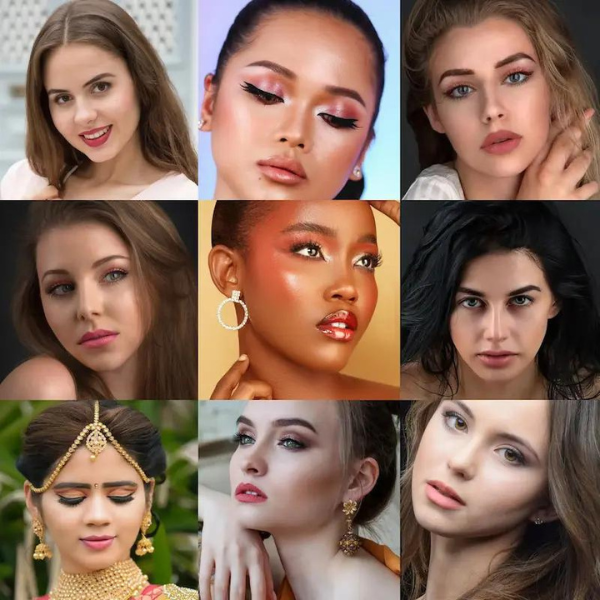
Makeup Safety :
While makeup can enhance one’s appearance, it’s important to use products safely and be aware of potential allergens or irritants. Choosing high-quality, reputable brands and paying attention to ingredient lists can help reduce the risk of adverse reactions. Wash your hands before you use the product. Do not share makeup. Keep the containers clean and tightly closed when not in use, and protect them from temperature extremes. Throw away cosmetics if there are changes in color or smell.
Makeup Removal :

Removing makeup at the end of the day is crucial for maintaining healthy skin. Makeup removers, cleansers, and micellar waters can help dissolve and remove makeup effectively without harsh scrubbing. Following up with a gentle skincare routine can help keep the skin clean and clear.
Rose water: It is also a great makeup remover. Just mix a few drops of rose water with a few drops of coconut oil or almond oil and put on a cotton pad. Use this pad to erase any makeup, including eye makeup gently
Micellar water is a great universal makeup remover that can tackle eye makeup, lipstick, and more, it’s gentle on sensitive skin. Use it on a cotton pad to sweep away makeup before you cleanse your face.
Baby oil: Like olive oil or coconut oil, baby oil can effectively break down makeup, but it’s gentler on the skin and can be especially good for sensitive skin.
Milk: Soak a cotton pad in milk, then use it to gently wipe off makeup, including waterproof mascara.
Conclusion :
Applying makeup can vary depending on personal preferences, the occasion, and the desired look. Remember, makeup application is a personal expression, so feel free to experiment with different techniques and products to find what works best for you. Practice makes perfect, so don’t be afraid to try new things.
People Also Ask For :
How can I practice makeup at home?
If you can master perfect eyeliners, brows, drop shadows, lip liners, and shadow placement on a piece of paper, it will translate to the face. Training both the hand and the mind will translate to every medium you work in. If you have a makeup dummy head, you can practice your techniques on that as well.
How to apply makeup for beginners?
Before applying makeup, it’s important to prep your skin to create an even base, so, be sure to complete your skincare routine before diving into makeup. That means you should always cleanse your skin and moisturize first (don’t forget your SPF). Once you’ve done that, then you want to apply a primer.
How do I apply makeup foundation?
Dab, don’t rub.
Whether you’re using a foundation brush (synthetic bristles are best) or your fingertips, apply foundation in a stippling motion, which means gently tapping it into your skin. Avoid any wiping or rubbing motions because that will only push the foundation around and cause streaks.

